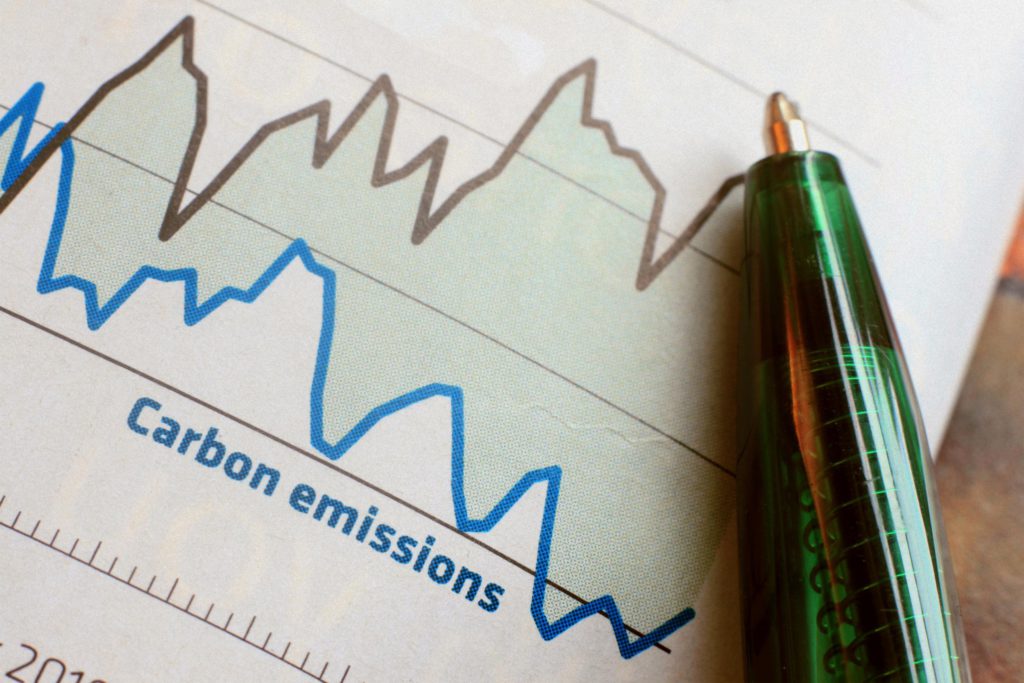Charging infrastructure for trucks ‘not good enough’ ahead of CO2 vote
17 January 2019

17 January 2019
With the European Parliament currently debating limits on CO2 levels from truck fleets, the European Automobile Manufacturers’ Association (ACEA) has published data on the lack of recharging and refuelling infrastructure for electric and hydrogen heavy vehicles.
ACEA is issuing this new data ahead of a decisive meeting on Europe’s first-ever CO2 targets for trucks, taking place next week between representatives of the European Parliament, the 28 national governments and the European Commission as part of the ′trialogue’ negotiations.
The body believes that reaching the ambitious CO2 standards proposed by the EU, a drop of 15% in 2025 and 30% in 2030, will only be possible with a rapid and massive market uptake of low and zero-emission trucks. While the aim of the parliament is for a deal within the next few weeks, the required infrastructure is almost completely absent, with no clear EU plan for future roll-out.
According to conservative estimations, at least 6,000 high-power charging points for electric trucks (DC >500 kW) would be needed along EU motorways by 2025/2030. In addition, another 20,000 ′regular’ charging points suitable for trucks are required − bringing the total to 26,000.
′The shocking fact is that there is not one single public charging point for long-haul trucks available today,’ stated ACEA secretary general Erik Jonnaert. ′What is more, a standard for the required high-power plugs doesn’t exist yet.’
Although high-power charging points are rolling out for electric passenger cars along motorways, heavy-duty trucks cannot use this infrastructure because of their much higher power and energy demand, as well as the many parking spots they would need for charging along all major routes in Europe.
Similarly, hydrogen filling stations for cars are not suitable for trucks, given that the pressure storage is too small to meet truck demand. Some 1,000 truck-specific hydrogen stations are needed by 2025/2030, but less than ten are available across the entire EU today – none of which are suitable for long-haul trucks.
Truck-specific public filling stations for compressed natural gas (CNG) and liquefied natural gas (LNG) are currently present in some EU member states, but their distribution is still very patchy across Europe, and the number of stations remains low.
′Policymakers must be aware of this alarming situation when agreeing future CO2 targets for trucks, as these are dependent on a massive ramp-up in sales of alternatively-powered trucks,’ Jonnaert cautioned. ′The targets should be set accordingly – and must be accompanied by an action plan to roll out truck-specific infrastructure across the EU. Customers cannot be expected to invest in alternatively-powered trucks if they cannot recharge or refuel them.’